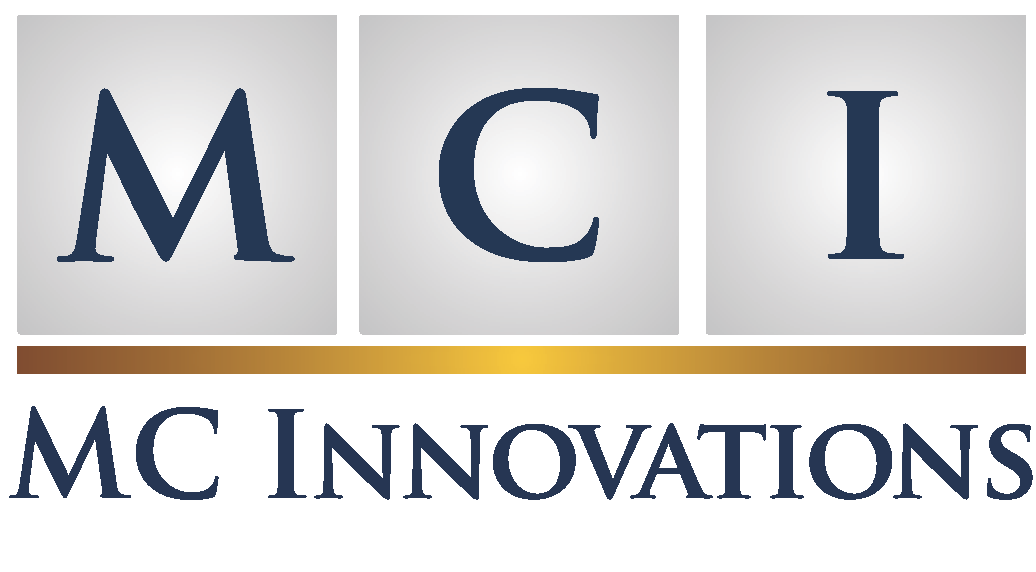
Cost of Accident
Employee Accidents: Workers Compensation is Just the Beginning
If you think your Workers Compensation program alone will protect you against the high costs of a workplace injury, think again.
In 2018, the National Safety Council reported total cost of workplace injuries at $170.8 billion, or roughly $1000 per worker. However, “the true cost to the nation, employers, and individuals of work-related deaths and injuries is much greater than the cost of workers’ compensation insurance alone,” the report went on to say.
Workplace accidents take their toll both personally and financially—for both the worker and the workplace. On a personal level, injured workers may spend less time with family and friends as they recuperate, miss personal activities, suffer pain, risk medication side effects and, of course, loss of income.
For the employer, every workplace accident results in Workers Compensation expenses, medical bills and sick or disability pay. Because these direct costs are expected, they are easy to calculate and often covered by insurance.
Beyond Workers Compensation
An accident’s indirect costs may be much more damaging for a business; they can include production downtime, equipment repair, training costs for replacement workers, administrative time to handle claims and ensuing paperwork, legal fees, overtime for employees who cover the injured worker’s shifts, OSHA fines, and an increase in the Workers’ Compensation premium.
Additionally, consider the impact of workplace injuries beyond financial considerations: An employee’s accident could affect the morale of co-workers, strain the employer-employee relationship, and, if publicized, damage a business’s reputation in the community and with customers.
These “hidden” costs often take the employer by surprise because they are much higher than the direct costs and, since no single injury is “typical,” they are difficult to estimate and plan for in advance. The American Society of Safety Engineers (ASSE) puts the ratio of indirect to direct costs anywhere from 1:1 to 20:1.
Not convinced of the impact of indirect costs on your bottom line? Take this example from Liberty Mutual: An employee slips on a wet floor and injures their back. The average direct cost for a back sprain is around $10,000, but the indirect costs can be $30,000 to $100,000.

Take Precautions
Workplace injuries are unavoidable, especially in physical work environments such as construction sites or plant floors. While employers can never truly eliminate all workplace risk, they can take steps to mitigate accidents and injuries, through implementing administrative and engineering controls and requiring (and providing) PPE where necessary. Of course, for these tactics to succeed, they must be communicated to employees and then enforced. This could require a cultural shift that employs practical, methodical, and ongoing efforts on the part of management.
Given the costs of a typical slip and fall, it’s inexplicable that some companies back-burner safety measures due to cost-reduction initiatives. The best money a company can spend may be on PPE, training, safety programs, and similar tools. While those costs may seem excessive at the time, saving tens or even hundreds of thousands of dollars in indirect costs after a single employee accident makes the safety precautions well worth the investment. According to the National Safety Council, Injury Facts 2014 Edition, studies have shown that $1.00 invested in injury prevention returns between $2.00 and $6.00 to the employer.
Given the high — and often hidden — costs of accidents, employers must be diligent in acting to prevent those incidents through training, signage, and adequate safety equipment, as well as putting in place robust Workers Compensation and property casualty insurance programs.

Managed Programs... Managed Better
Experts in Risk
Management Consulting
Address
5540 Falmouth Street
Suite 203
Richmond, VA 23230



